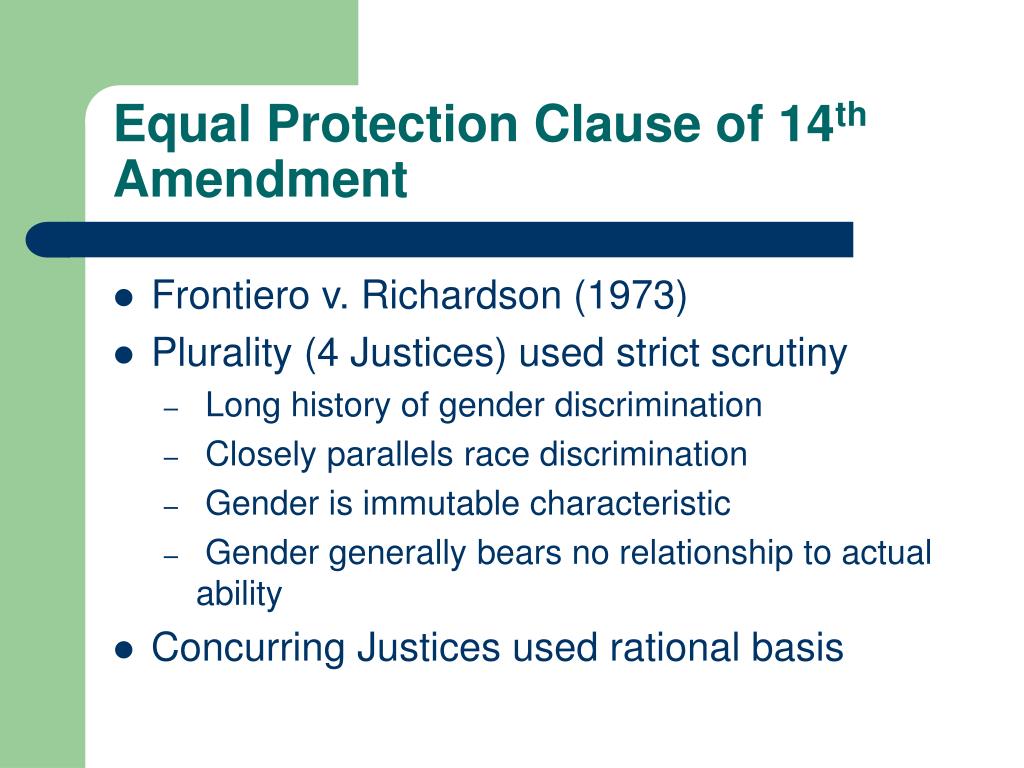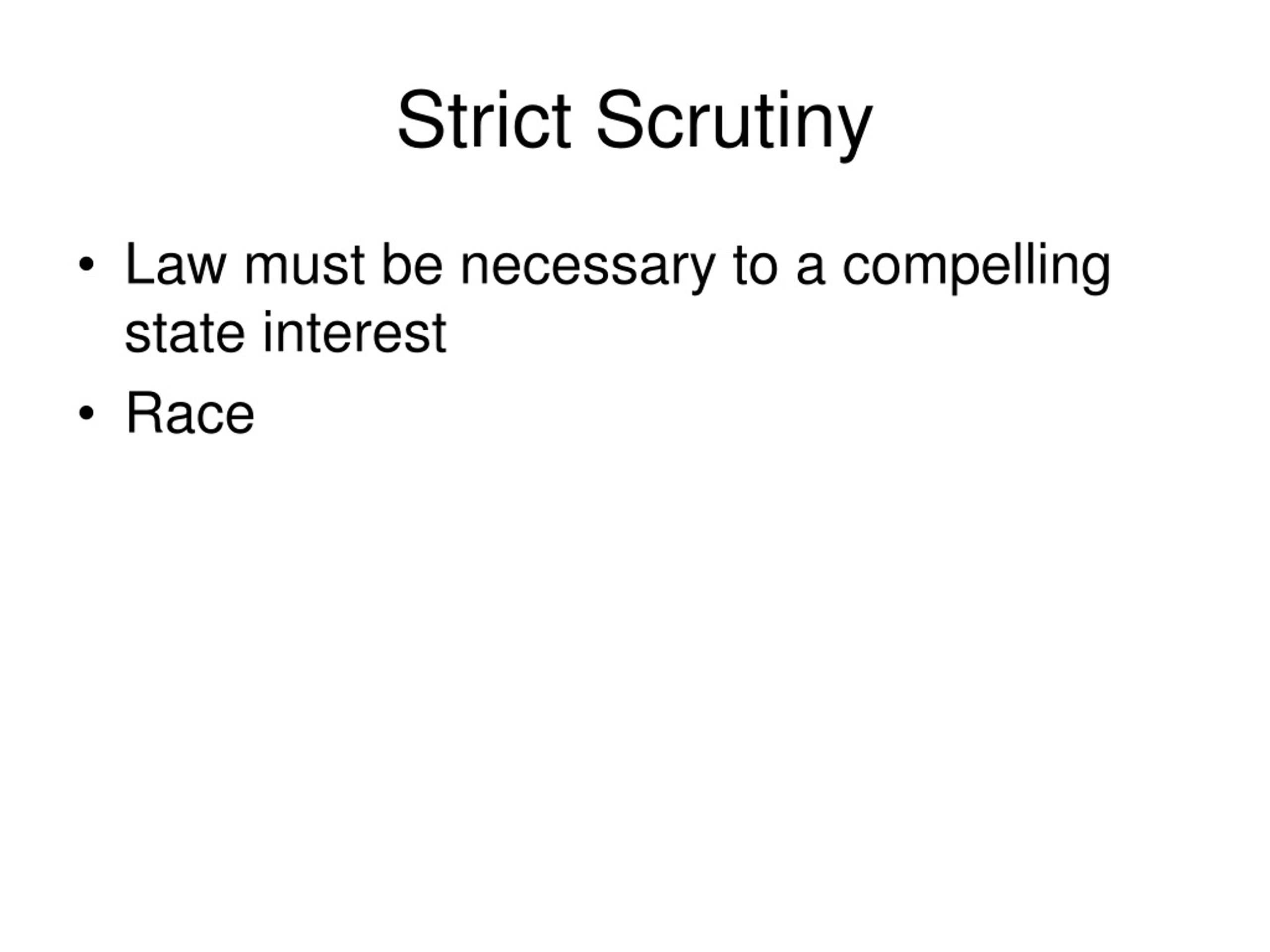

To meet this level of analysis, a challenger need only prove that the means employed by the governmental body are not rationally related to a legitimate government interest. All levels of scrutiny under Equal Protection refer to suspect classifications for race, national origin, poverty, religion, and alien citizenship status.Īlso known as “minimum scrutiny,” the rational basis review is the most forgiving level of scrutiny. There are basically three levels of scrutiny, or evaluation, that may be applied by the court to determine whether a legislative action or governmental policy is valid, and whether it unnecessarily violates the civil rights of a group of people. For strict scrutiny to be applied, a legislative body must have either violated a fundamental right through enactment of a law, or passed a law involving a suspect classification, including not only race and national origin, but also poverty, religion, and alien citizenship status. This exacting level of review is only used to evaluate purposes that appear to be offensively prejudicial or discriminatory, for the purpose of bringing the issue to light, and to ensure equal rights under the law. The first two concepts targeted for examination included the issue of “suspect classifications,” and a clearer definition of “fundamental rights.” The standard of strict scrutiny was the resulting change to evaluation of laws and policy under the Equal Protection Clause.

This ensures that laws are not discriminatory or overly restrictive of individual rights.Chief Justice Warren recognized a need to formulate a different standard for evaluation of certain critical matters brought before the Supreme Court. The law must further an important government interest and must do so by means that are substantially related to that interest.


These examples illustrate how intermediate scrutiny is used to determine if a law is constitutional when it negatively affects certain protected classes or infringes on First Amendment rights. United States, the Ninth Circuit Court of Appeals used intermediate scrutiny for a federal statute that prohibited telephone companies from providing video programming to subscribers. First Amendment: Intermediate scrutiny is also used for certain First Amendment issues, such as regulating mass media, adult entertainment, and highway signs.Gordon, laws that discriminate based on illegitimacy are also subject to intermediate scrutiny. Illegitimacy: According to Matthews v.Since then, any law that discriminates based on gender must undergo the intermediate scrutiny test. Boren, the Supreme Court applied intermediate scrutiny to a statute that discriminated on the basis of gender. This test is less rigorous than strict scrutiny but more rigorous than the rational basis test. To pass intermediate scrutiny, the law must further an important government interest and must do so by means that are substantially related to that interest. It is used when a law negatively affects certain protected classes, such as gender or illegitimacy. Intermediate scrutiny is a legal test used by courts to determine if a law is constitutional.


 0 kommentar(er)
0 kommentar(er)
